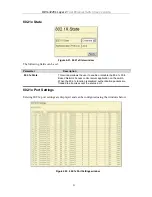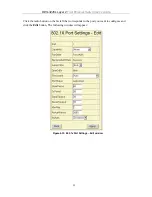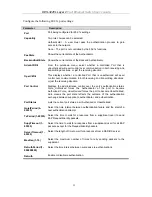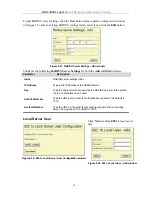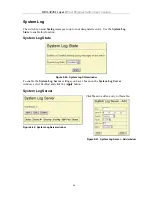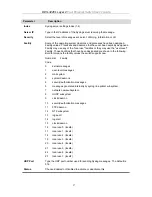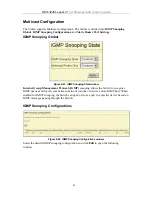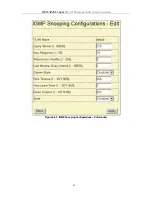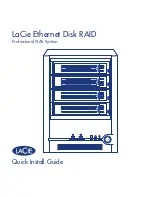
DES-3226L Layer 2
Fast Ethernet Switch User’s Guide
Figure 6-23
.
Example of Port Trunk Group
The Switch treats all ports in a trunk group as a single port.
Data transmitted to a specific host
(destination address) will always be transmitted over the same port in a trunk group. This
allows packets in a data stream to arrive in the same order they were sent. A trunk connection
can be made with any other switch that maintains host-to-host data streams over a single trunk
port. Switches that use a load-balancing scheme and send packets of a host-to-host data stream
over multiple trunk ports cannot have a trunk connection with the Switch.
Note
: If the two external module ports are used as a trunk group and
either port is disconnected, packets intended for the disconnected port will
be dropped.
Link aggregation allows several ports to be grouped together and to act as a single link. This
gives a bandwidth that is a multiple of a single link’s bandwidth.
Link aggregation is most commonly used to link a bandwidth intensive network device or
devices, such as a server, to the backbone of a network.
The switch allows the creation of up to seven link aggregation groups, each group consisting
of up of up to four links (ports). The aggregated links must be contiguous (they must have
sequential port numbers) except the two (optional) Gigabit ports, which can only belong to a
84






















